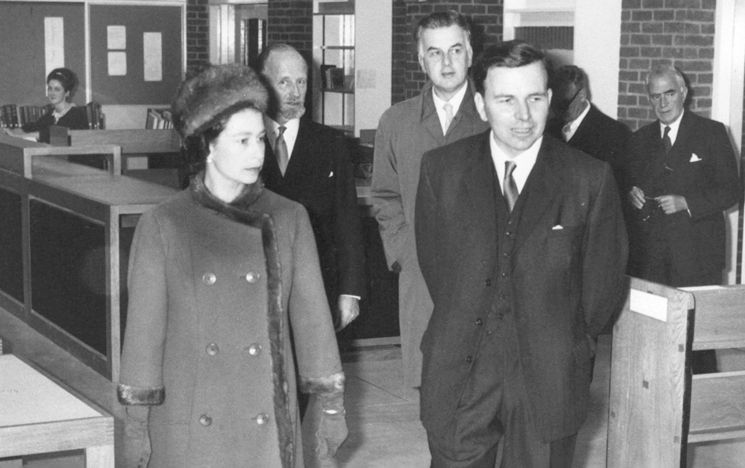Library history

The Library was designed by Sir Basil Spence and the London branch of architectural firm Spence Bonnington and Collins. The Library was one of the first buildings to be considered in the Stage 1 development of the University of Sussex. Work started on site in 1962 and the building opened in 1964. In a document written by Basil Spence in 1964, it says that the Library was constructed around the principle that:
A library should be a place where the books are not only stored, but where readers want to use them”.
A large extension to the Library was built in the 1990s and then further opening up of spaces and a redesign of the ground floor took place in 2009-2010.
Currently, the Library houses over 500,000 books and other printed material. This includes the Legacy Collection which contains over 20,000 printed documents, pamphlets, magazines and ephemeral items there are defined themes of War, Post WW2 World Order, Popular and Counter Cultures, Social Movements, Social Welfare, Trade unions, Gender Studies and Feminism and Political Movements and Parties.
Our Special Collections are housed at The Keep, a world-class centre for archives a short walk from the University campus. They include the papers of Rudyard Kipling, the New Statesman Archive, a series of collections relating to the Bloomsbury Group, including the Monks House Papers (Virginia Woolf), and over 60 other manuscript collections.
The Keep also houses the Mass Observation Archive which contains the papers of the social research organisation of the 1930s and 40s and continues to collect new material in the present day.